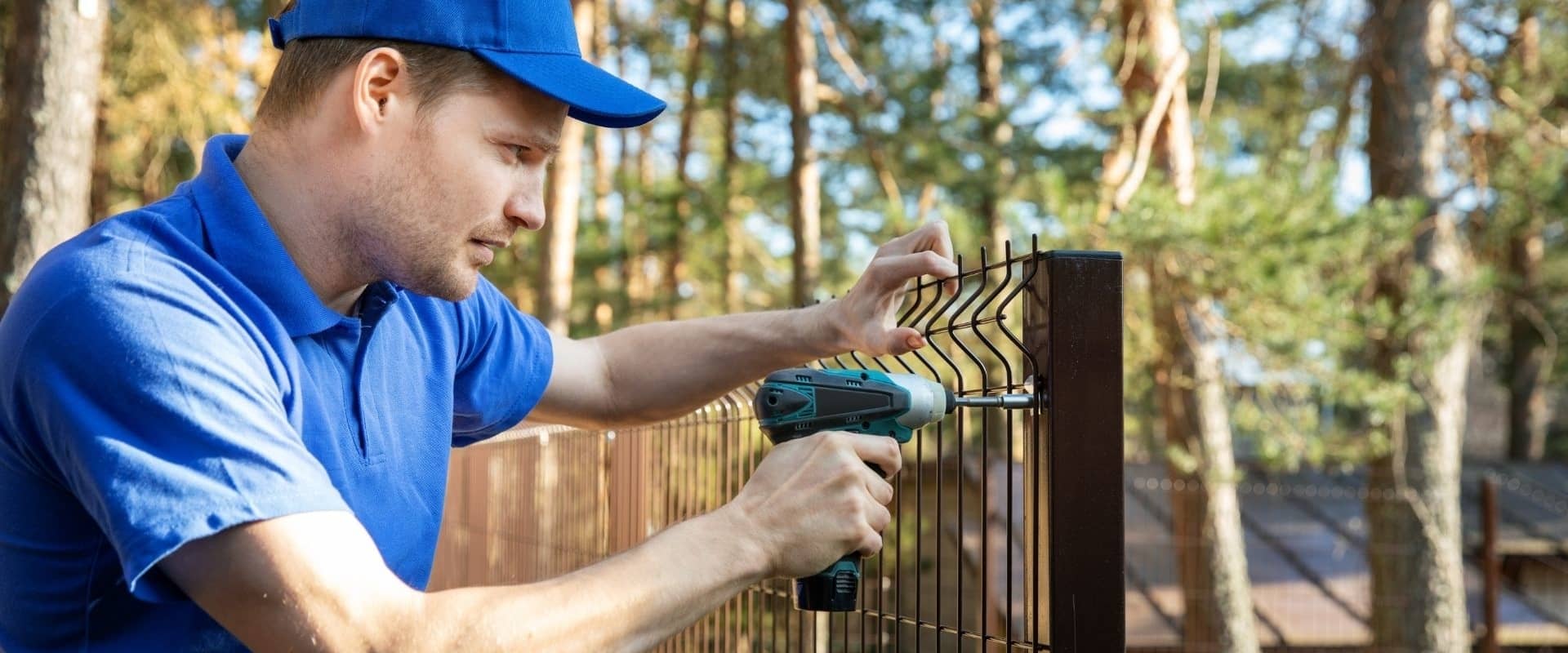A well-maintained fence not only enhances the appearance of your property but also provides privacy, security, and boundary definition. However, over time, fences can experience wear and damage due to various factors such as weathering, rot, and accidental impacts. In this comprehensive guide, we’ll explore common fence issues and provide expert tips and techniques for repairing them, ensuring your fence remains in optimal condition for years to come.
Assessing Fence Damage
Identifying Common Issues
Before beginning any repair work, it’s essential to assess the extent of the damage and identify the specific issues affecting your fence. Common problems include rotting or damaged timber boards, loose or broken fasteners, leaning or sagging sections, and rust or corrosion on metal components.
Tools and Materials
Depending on the type of damage and the materials used in your fence, you may need a variety of tools and materials for the repair process. Basic tools such as a hammer, screwdriver, saw, and level are essential, along with replacement boards, fasteners, and paint or stain to match the existing finish.
Timber Fence Repair
Repairing Rotted Boards
For timber fences, rot is a common issue that can compromise the structural integrity and appearance of the fence. To repair rotted boards, start by removing the damaged sections using a saw or chisel. Then, cut replacement boards to size, apply wood preservative to prevent future rot, and secure the new boards in place with galvanized nails or screws.
Fixing Loose or Broken Fasteners
Loose or broken fasteners can cause sections of the fence to become unstable or sag. To fix this issue, tighten or replace any loose or damaged screws, nails, or bolts using a screwdriver, hammer, or wrench as needed. Consider upgrading to corrosion-resistant fasteners to prevent future rust and deterioration.
Colorbond Fence Repair
Addressing Rust and Corrosion
Colorbond fences are durable and low-maintenance, but they can still be susceptible to rust and corrosion, particularly in coastal areas or environments with high humidity. To address rust spots, use a wire brush or sandpaper to remove the rust, then apply a rust converter or primer followed by touch-up paint to restore the finish.
Fixing Damaged Panels
If a Colorbond fence panel becomes dented, scratched, or otherwise damaged, it may need to be replaced to maintain the fence’s appearance and integrity. Contact the manufacturer or a fencing professional to source a replacement panel and follow their instructions for installation.
Aluminium and Glass Pool Fence Repair
Realigning and Reinforcing Panels
Aluminium and glass pool fences may experience issues such as misalignment, loose panels, or damaged hardware over time. To address these issues, carefully realign any misaligned panels, tighten or replace loose hardware, and reinforce weak or wobbly sections using additional supports or brackets as needed.
Repairing Chips or Cracks
If your glass pool fence has chips or cracks in the glass panels, it’s essential to address these issues promptly to prevent further damage and ensure the safety of your pool area. Contact a professional glass repair specialist to assess the damage and perform any necessary repairs or replacements.
Maintaining your fence in good condition is essential for preserving its functionality, appearance, and longevity. Whether you’re dealing with timber, Colorbond, aluminium, or glass pool fencing, addressing common issues promptly and effectively can help prolong the life of your fence and ensure it continues to serve its purpose for years to come.
At Mandurah Fencing Solutions, we understand the importance of a well-maintained fence for your property’s security and aesthetics. Contact us today for a free estimate, and let our experienced team help you with all your fencing repair and maintenance needs.

